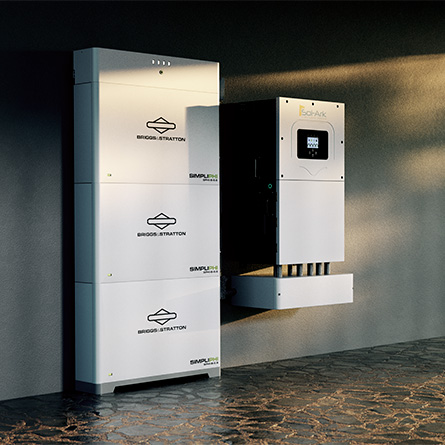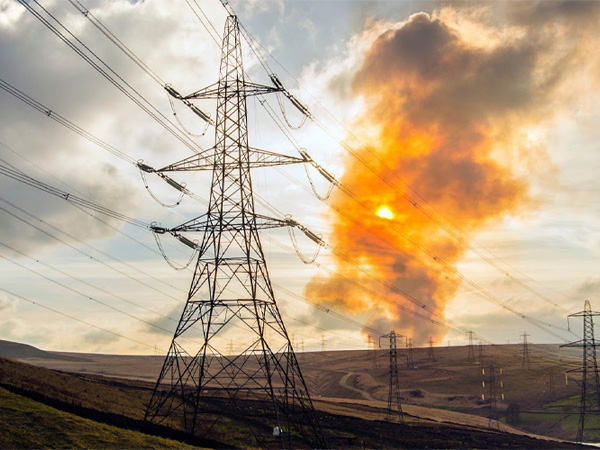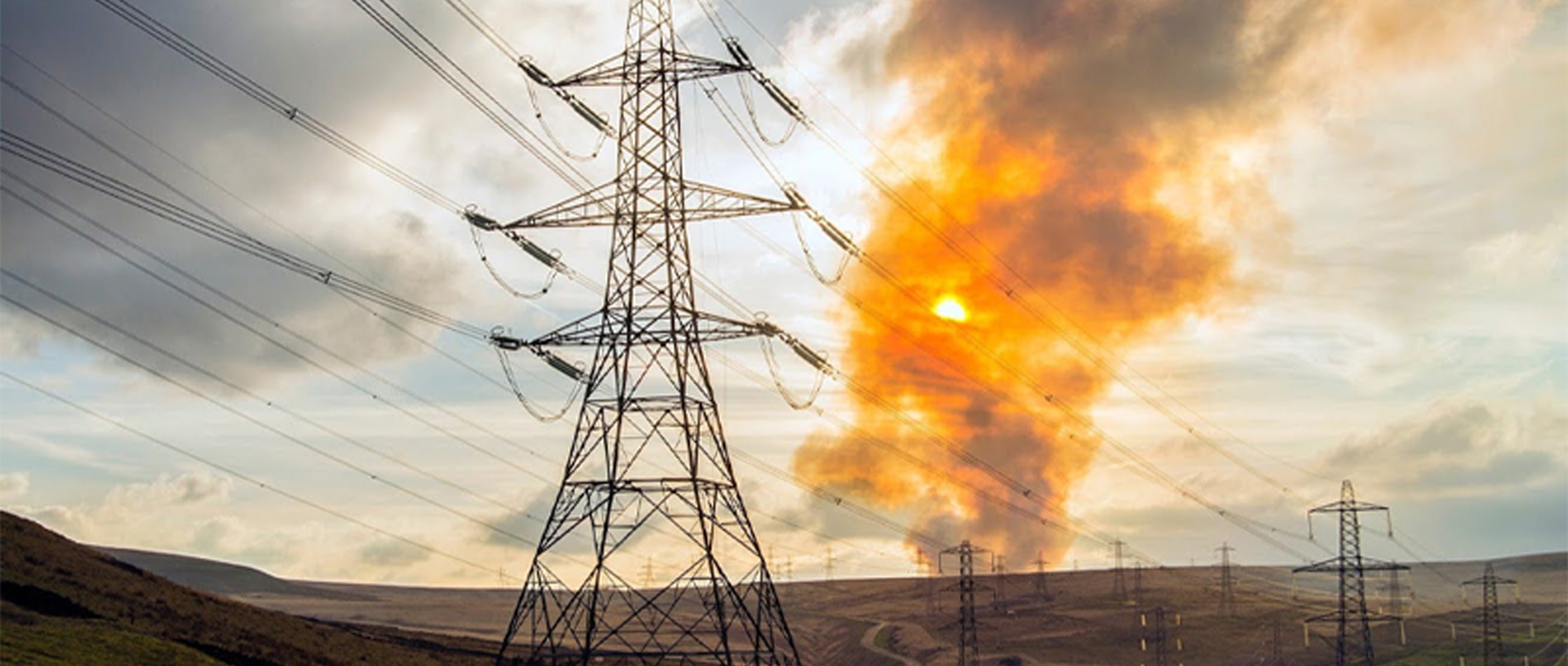Rolling blackouts and the increasing threat of climate-related extreme wildfire seasons put Californians at significant risk. To confront these challenges effectively, policymakers have committed to modernizing the state's power grid. A key strategy is aggressively promoting distributed, customer-sited energy generation and storage.
This approach diversifies our energy sources and reduces our dependence on transmission and distribution lines, which are often shut down during "Public Safety Power Shutoffs (PSPS)." Such shutoffs substantially threaten health, safety, and economic stability. These modern solutions are essential to mitigating California's specific hazards, such as drought, blackouts, and periods of high hospitalization rates.
After a dry start to a wet year, California is at risk of another drought. The reported light snowpack and potentially severe winds could add to the mix and lead to additional significant wildfire threats in the coming years.
The redesign of California's energy infrastructure and incentivizing customer-sited assets for critical backup
California has made strides in its energy policy. The "Building the Electricity Grid of the Future: California's Clean Energy Transition Plan," aims to achieve 100% clean electricity by 2045. This plan involves a comprehensive strategy to build a modern, resilient, and efficient energy grid, including substantial investments in solar, wind, battery storage, and other clean energy projects. The plan also emphasizes technology integration, allowing users to contribute to the grid with stored power from distributed battery storage systems, enhancing grid efficiency and reliability. These developments come in response to the urgent need to address climate change impacts like rising temperatures, wildfires, and droughts and the necessity of a cleaner, more resilient energy infrastructure.
The state budget for 2023-24 significantly allocates to these energy goals. Notably, the Clean Energy Reliability Investment Plan (CERIP) has been established, backed by a $1 billion General Fund over three years. This investment addresses near- and mid-term reliability needs while fulfilling the state's greenhouse gas (GHG) and clean energy objectives.
Public safety power shutoffs are dangerous during periods of high hospitalization rates
Before COVID-19, it could be argued that shutting off the grid in the name of "public safety" was one of the reasonable, short-term preventative steps. But given the thousands of homes and clinics running medical devices with businesses wholly or partially shut down, we learned the true economic losses caused by power shutoffs — estimated by Stanford's Michael Wara at $2.5 billion in the first two weeks of the pandemic alone— make shutting off the grid a dangerous proposition, even as a short-term solution, with severe public health impacts.
The COVID-19 pandemic has highlighted climate change's human and economic risks, especially amid continuous outbreaks. We now know that social distancing makes firefighting more dangerous and that hospitals must have four days of backup power for "essential functions" like surgeries. However, that only covers other needs, such as medical refrigerators and air conditioning. Only 44% of California medical clinics have any backup power. And most homes, where people might be on ventilators or have medication that will spoil if it is not kept cold, have no backup power at all. All of these concerns have been addressed by the Self Generation Incentive Program (SGIP).
CA Public Utilities Commission prioritizing batterystorage
In recent years, the California Public Utilities Commission (CPUC) has taken significant steps to bolster the state's aging infrastructure and enhance grid stability through advancements in battery storage. The Self-Generation Incentive Program (SGIP), particularly with the introduction of Net Energy Metering 3.0 (NEM 3.0), has undergone substantial updates. In April 2023, the CPUC amended the laws governing California Net Energy Metering 3.0, notably changing how homes are compensated for selling excess power back to the grid. This adjustment, a pivotal element of NEM 3.0, aimed to incentivize integrating battery storage systems in residences and businesses across California. However, it also drastically reduced net metering rates, wreaking havoc on residential solar in California. The SGIP now offers substantial financial incentives for battery installation, covering between 15% and 100% of the costs associated with equipment and installation. This initiative is a strategic move to enhance grid resilience and encourage the adoption of renewable energy sources.
Applying for the SGIP benefits has been made straightforward to encourage participation. Typically, the battery storage system installers manage the bulk of the necessary paperwork, easing the burden on homeowners. The CPUC has outlined a simple four-step process for household and commercial applicants to ensure they can efficiently access the SGIP incentives. This process includes selecting a qualified battery storage installer or contractor in the area, obtaining multiple estimates to determine the most suitable battery type, and understanding eligibility for specific SGIP categories.
Once the appropriate installer is chosen, homeowners can collaborate with them to complete the installation process. For any queries or assistance regarding the project, homeowners are advised to contact their respective program coordinators based on their utility providers, such as PG&E, SCE, CSE, or SoCalGas. This streamlined approach facilitates the adoption of battery storage solutions and significantly reinforces California's energy infrastructure against the challenges of an aging grid and increasing environmental hazards. Learn more about SGIP here.
Policies that help save money create energy resilience and mitigate climate change
The latest climate legislation in California is expected to generate approximately 4 million new employment opportunities over the coming 20 years. These are some of the policies that have helped move the U.S. forward in terms of energy resilience.
Inflation Reduction Act that extends the Federal Incentive Tax Credit
Additional policies that can help propel us even further:
Cut Red Tape Through "No Touch" Permitting
Launch the One Million Solar-Charged Batteries Initiative
Remove Utility Barriers for Connecting Solar and Storage Systems
Protect clean energy investments from unnecessary local taxes
It's long been said that every crisis offers opportunity
The lessons learned from the pandemic and subsequent opportunities for better energy legislation have brought improved energy safety and security to Californians. At the same time, there are still many improvements to make in modernizing our dangerously vulnerable energy system. Policies that have been enacted support the energy storage systems needed to brace for wildfires, blackouts, and increased hospitalization rates.
Learn more about Briggs & Stratton Battery Storage Systems and current federal, state, and utility incentives for adopting battery storage.

Ready to experience true energy independence?
Request a consultation with a Briggs & Stratton dealer or installer near you by clicking the button below.



